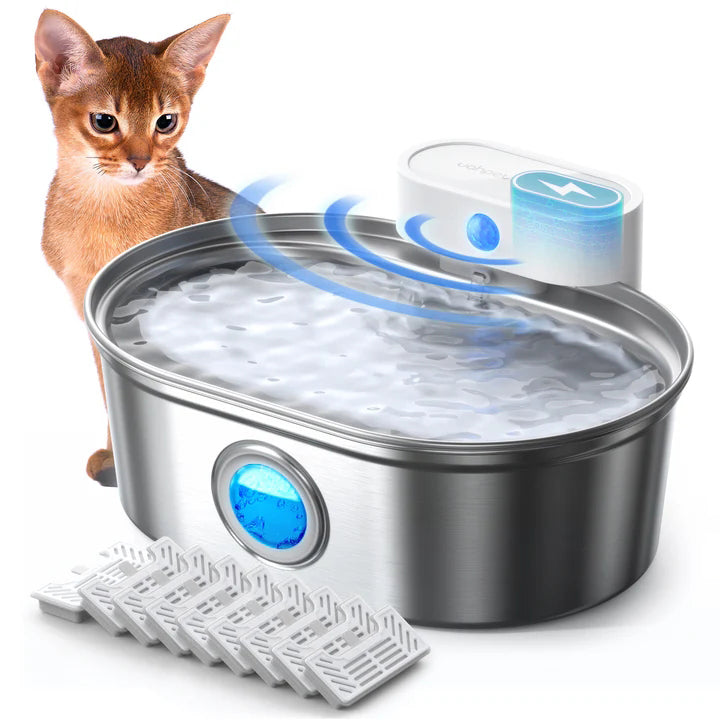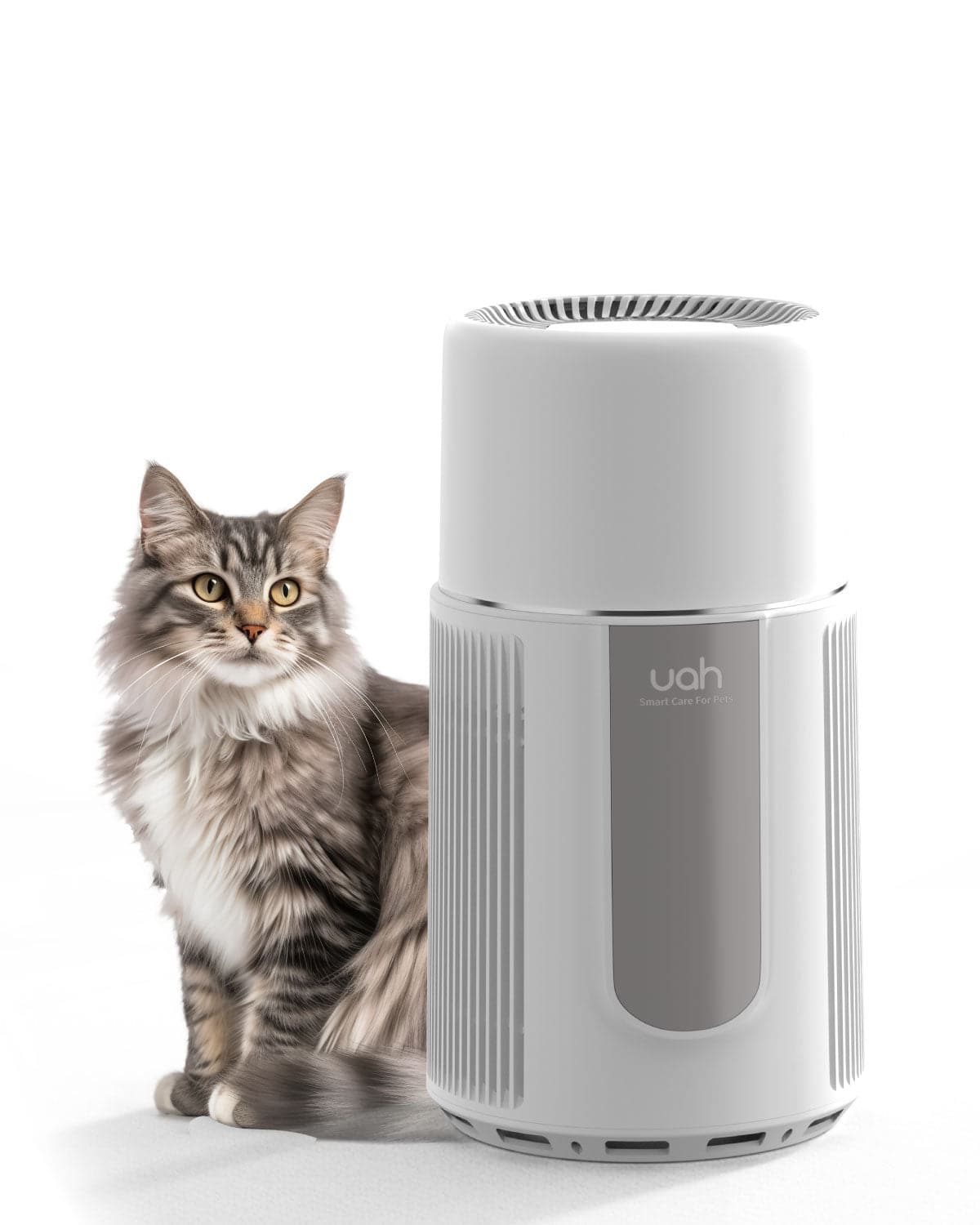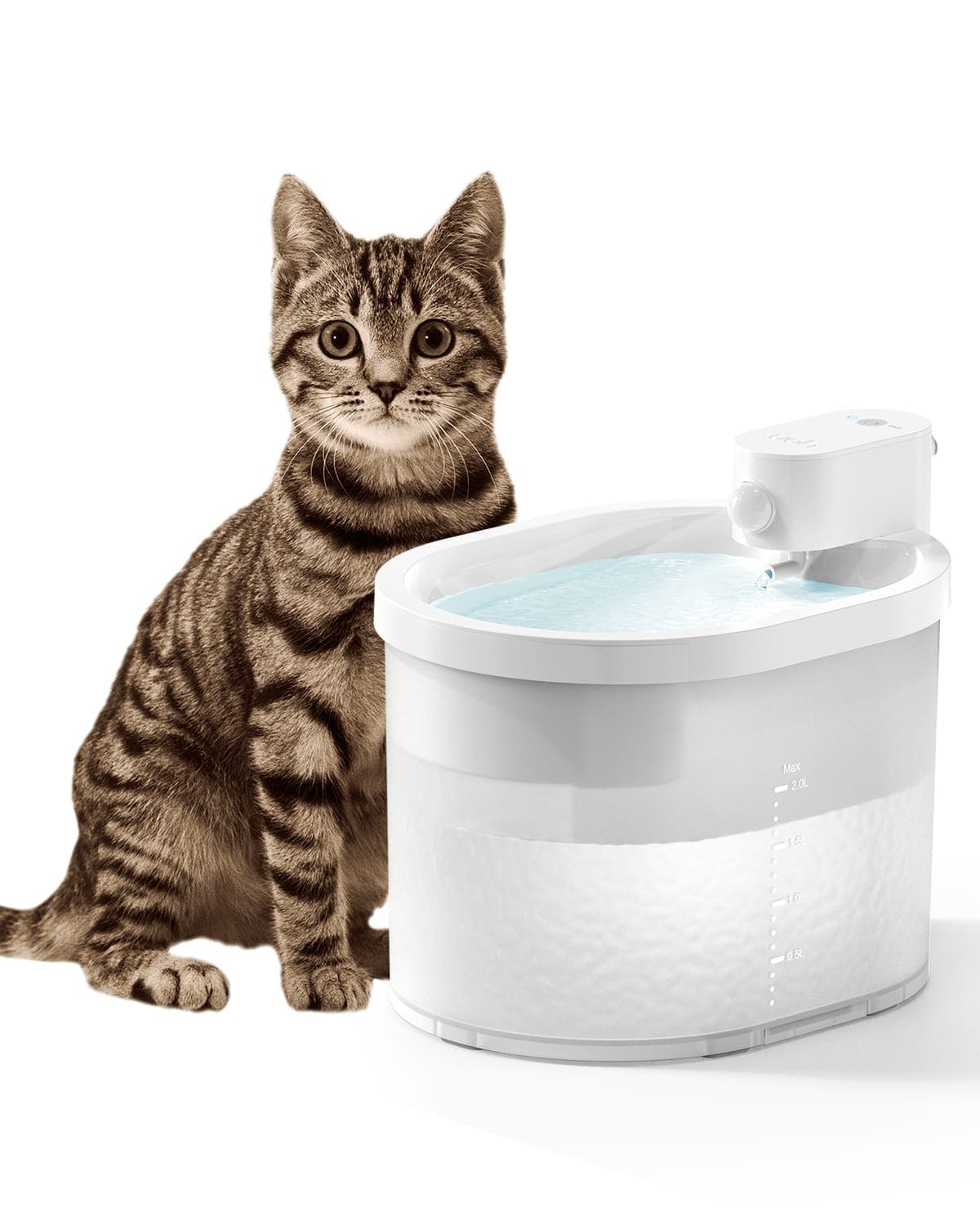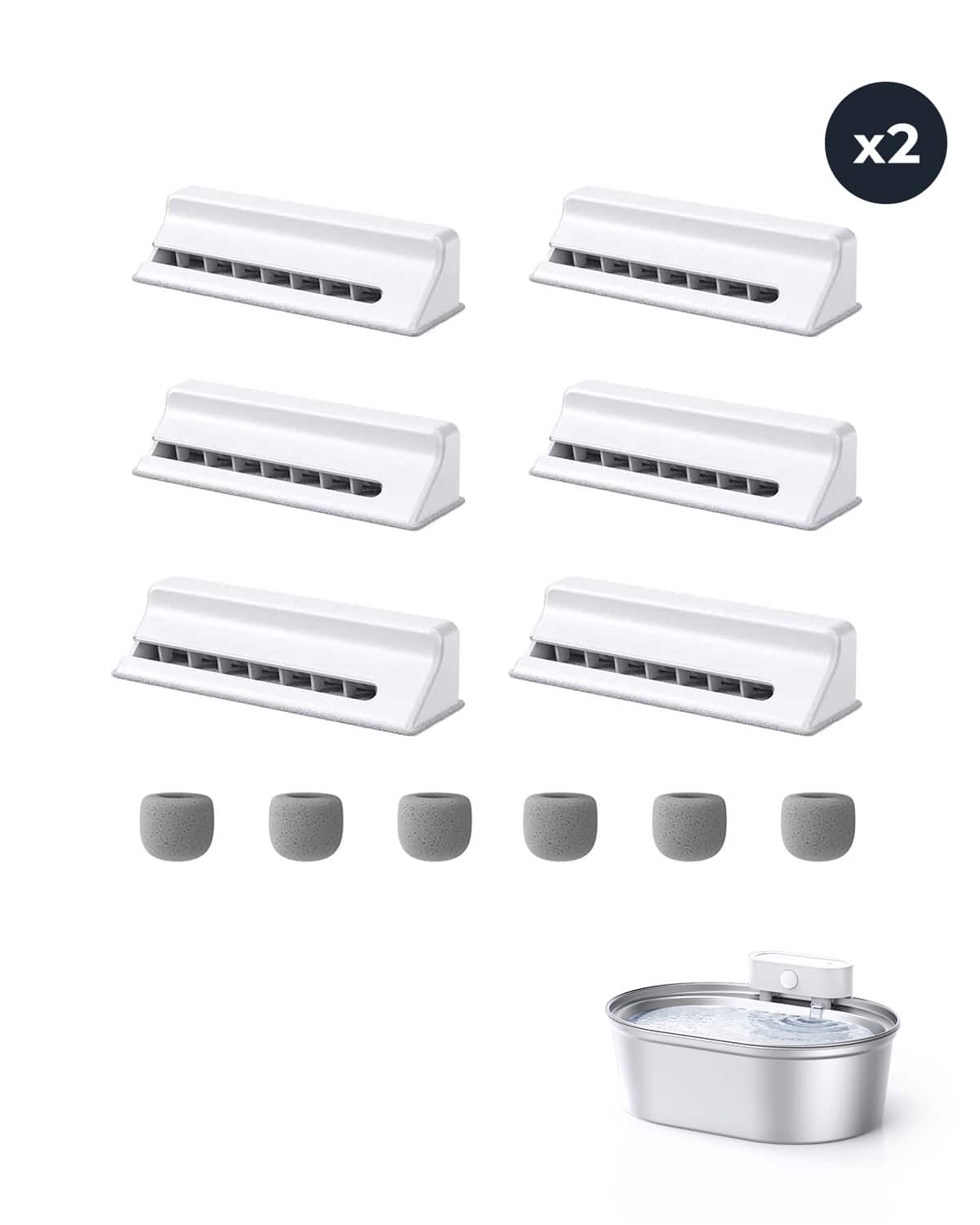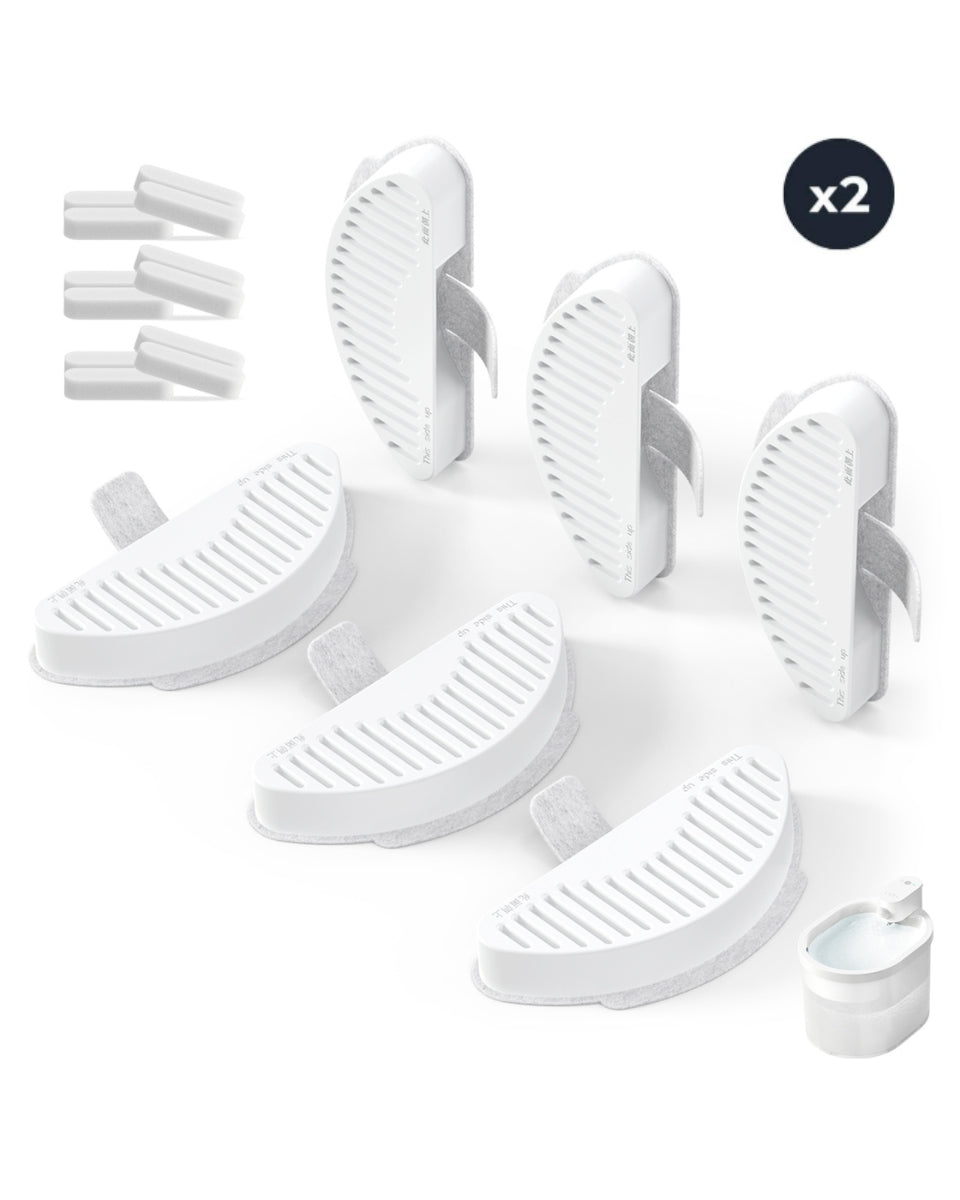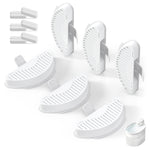Living with pets can be a joy, but for those with allergies, it can also be a challenge. Pet dander, fur, and other allergens can linger in the air, causing discomfort and health issues. This is where a pet allergy air purifier comes into play. Designed to capture and eliminate airborne allergens, these devices can significantly improve indoor air quality. In this comprehensive guide, we’ll explore everything you need to know about choosing the best pet allergy air purifier for your home.
Understanding Pet Allergies and Airborne Allergens
Pet allergies are caused by proteins found in an animal’s skin cells, saliva, and urine. When these proteins become airborne, they can trigger allergic reactions such as sneezing, itching, and respiratory issues. Common symptoms include:
- Sneezing
- Runny or stuffy nose
- Itchy or watery eyes
- Skin rashes
- Difficulty breathing
Airborne allergens like pet dander, dust mites, and pollen can accumulate in your home, making it essential to take proactive measures to reduce their presence. A pet allergy air purifier is one of the most effective tools for this purpose.
How Pet Allergy Air Purifiers Work
Pet allergy air purifiers are designed to capture and remove allergens from the air. They typically use a combination of filters and technologies to achieve this. Here’s how they work:
- HEPA Filters: High-Efficiency Particulate Air (HEPA) filters are capable of trapping particles as small as 0.3 microns, including pet dander, dust, and pollen.
- Activated Carbon Filters: These filters are effective at removing odors and volatile organic compounds (VOCs) that can accompany pet allergens.
- UV-C Light: Some air purifiers use ultraviolet light to kill bacteria, viruses, and mold spores that may be present in the air.
- Ionizers: These devices release negative ions that attach to airborne particles, causing them to fall out of the air and onto surfaces where they can be cleaned.
By combining these technologies, pet allergy air purifiers can significantly reduce the concentration of allergens in your home.
Key Features to Look for in a Pet Allergy Air Purifier
When shopping for a pet allergy air purifier, it’s important to consider several factors to ensure you make the best buy. Here are the key features to look for:
- HEPA Filtration: Ensure the air purifier has a true HEPA filter to effectively capture pet dander and other allergens.
- Coverage Area: Choose a device that can handle the size of the room or area where it will be used.
- CADR Rating: The Clean Air Delivery Rate (CADR) indicates how quickly the air purifier can clean the air. A higher CADR is better for larger spaces.
- Noise Level: Consider the noise level of the air purifier, especially if it will be used in a bedroom or other quiet space.
- Energy Efficiency: Look for an energy-efficient model to save on electricity costs.
- Additional Features: Some air purifiers come with extra features like air quality sensors, auto mode, and remote controls for added convenience.
By focusing on these features, you can find a pet allergy air purifier that meets your specific needs.
Benefits of Using a Pet Allergy Air Purifier
Investing in a pet allergy air purifier offers numerous benefits for both you and your furry friends. Here are some of the top advantages:
- Reduced Allergens: The primary benefit is the reduction of airborne allergens, leading to fewer allergy symptoms.
- Improved Air Quality: Air purifiers remove not only pet dander but also other pollutants like dust, smoke, and odors.
- Better Sleep: Cleaner air can lead to better sleep, especially for those who suffer from nighttime allergies.
- Healthier Environment: By reducing allergens and pollutants, air purifiers create a healthier living environment for everyone in the home.
- Peace of Mind: Knowing that your air is clean and free of allergens can provide peace of mind and improve your overall well-being.
With these benefits, a pet allergy air purifier is a worthwhile investment for any pet owner with allergies.
Tips for Maximizing the Effectiveness of Your Air Purifier
To get the most out of your pet allergy air purifier, follow these tips:
- Placement: Position the air purifier in the room where you spend the most time, such as the bedroom or living room.
- Regular Maintenance: Replace filters as recommended by the manufacturer to ensure optimal performance.
- Keep Doors and Windows Closed: To prevent outdoor allergens from entering, keep doors and windows closed while the air purifier is running.
- Clean Your Home: Regularly vacuum and dust to reduce the amount of pet dander and other allergens in your home.
- Use Multiple Units: For larger homes, consider using multiple air purifiers to ensure complete coverage.
By following these tips, you can maximize the effectiveness of your pet allergy air purifier and enjoy cleaner air.
Common Misconceptions About Pet Allergy Air Purifiers
There are several misconceptions about pet allergy air purifiers that can lead to confusion. Let’s debunk some of the most common myths:
- Myth 1: Air Purifiers Eliminate All Allergens: While air purifiers can significantly reduce airborne allergens, they cannot eliminate them entirely. Regular cleaning and other measures are still necessary.
- Myth 2: All Air Purifiers Are the Same: Not all air purifiers are created equal. It’s important to choose a model with the right features for your needs.
- Myth 3: Air Purifiers Are Noisy: Many modern air purifiers are designed to operate quietly, making them suitable for use in bedrooms and other quiet spaces.
- Myth 4: Air Purifiers Are Expensive to Maintain: While some models may require regular filter replacements, the cost is often outweighed by the benefits of cleaner air.
Understanding these misconceptions can help you make a more informed decision when purchasing a pet allergy air purifier.
How to Choose the Best Pet Allergy Air Purifier for Your Needs
Choosing the best pet allergy air purifier depends on your specific needs and preferences. Here are some steps to guide you:
- Assess Your Needs: Consider the size of the room, the severity of your allergies, and any additional features you may want.
- Research Models: Look for air purifiers with HEPA filters, high CADR ratings, and positive customer reviews.
- Compare Prices: While price shouldn’t be the only factor, it’s important to find a model that fits your budget.
- Read Reviews: Customer reviews can provide valuable insights into the performance and reliability of different models.
- Check Warranty: A good warranty can provide peace of mind and protect your investment.
By following these steps, you can find the best pet allergy air purifier for your home.
Frequently Asked Questions About Pet Allergy Air Purifiers
Here are some common questions and answers about pet allergy air purifiers:
- Q: How often should I replace the filters? A: It depends on the model and usage, but most filters should be replaced every 6 to 12 months.
- Q: Can air purifiers remove pet odors? A: Yes, air purifiers with activated carbon filters are effective at removing pet odors.
- Q: Are air purifiers safe for pets? A: Yes, air purifiers are safe for pets and can even improve their health by reducing airborne allergens.
- Q: Can I use an air purifier in multiple rooms? A: It’s best to use an air purifier in the room where you spend the most time, but you can move it between rooms if needed.
These FAQs can help address any concerns you may have about using a pet allergy air purifier.
If you’re ready to breathe easier and enjoy a cleaner, healthier home, a pet allergy air purifier is the solution you’ve been searching for. With the right device, you can reduce allergens, improve air quality, and create a more comfortable living environment for you and your pets. Don’t wait—start your journey to cleaner air today!


